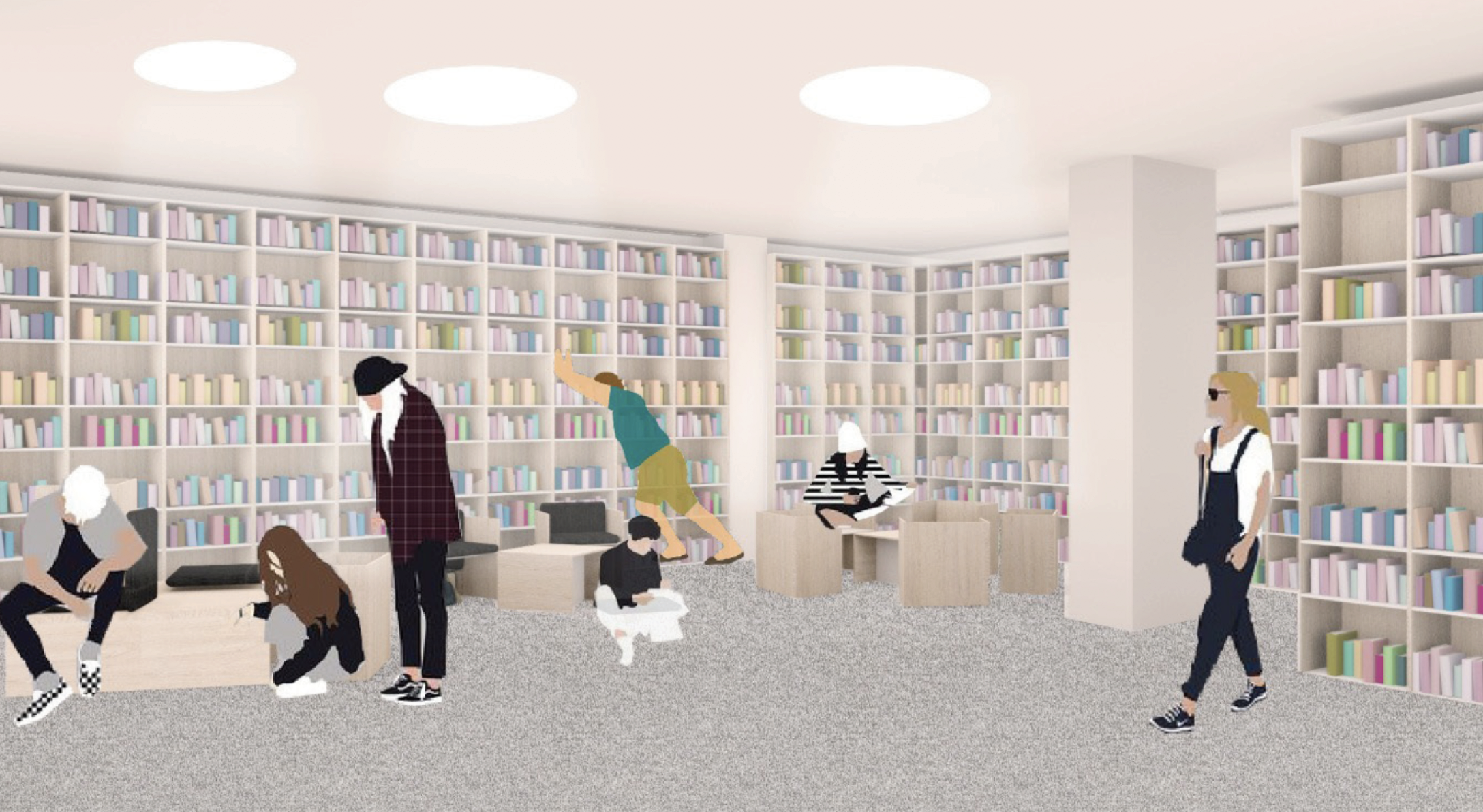
LEARNING OUTCOMES
After completing the course, the student:
- Understands the interaction of space and services.
- Has a critical overview on the potential of service design in the context of interior architecture.
- Commands basic service design methods and is able to apply them in interior architecture.
Credits: 5
Schedule: 17.09.2021 - 22.10.2021
Teacher in charge (valid for whole curriculum period):
Teacher in charge (applies in this implementation): Antti Pirinen
Contact information for the course (applies in this implementation):
CEFR level (valid for whole curriculum period):
Language of instruction and studies (applies in this implementation):
Teaching language: English. Languages of study attainment: English
CONTENT, ASSESSMENT AND WORKLOAD
Content
valid for whole curriculum period:
The course provides an introduction to service design methods in the context of spatial design and interior architecture. We study the reciprocal relationship between space and services, learn basic service design methods and rehearse the application of the methods in interior architecture. The course consist of two elements: theory and method part that builds the knowledge base through lectures, reading tasks and weekly assignments, and design part where the methods are applied into a concept level design project. The course is suitable to master's students from any area of design or architecture.
Assessment Methods and Criteria
valid for whole curriculum period:
The theory and method part comprises lectures, reading tasks and weekly assignments done individually or in groups. The design part consists of a spatial and service design project done in groups with tutoring meetings and a final presentation. Passing
Workload
valid for whole curriculum period:
135 h: contact teaching 30 h, independent work 105 h.
DETAILS
Study Material
valid for whole curriculum period:
Announced in the beginning of the course.
Substitutes for Courses
valid for whole curriculum period:
Prerequisites
valid for whole curriculum period:
SDG: Sustainable Development Goals
3 Good Health and Well-being
10 Reduced Inequality
11 Sustainable Cities and Communities
12 Responsible Production and Consumption
FURTHER INFORMATION
Further Information
valid for whole curriculum period:
Minimum number of students is 8.
Teaching Period:
2020-2021 Autumn I
2021-2022 Autumn I
Course Homepage: https://mycourses.aalto.fi/course/search.php?search=SARK-E5027
Registration for Courses: Sisu replaces Oodi on 9 August, 2021. Priority order to courses is according to the order of priority decided by the Academic committee for School of Arts, Design and Architecture: https://www.aalto.fi/en/services/registering-to-courses-and-the-order-of-priority-in-aalto-arts
The order of priority for admitting students to courses at Aalto ARTS 1.1.2018 onwards (approved by The Committee of Arts, Design and Architecture on 10.10.2017)
The order of priority is as follows:
- students for whom the course is compulsory for their major/programme and who have scheduled it for the current academic year in their personal study plan (HOPS);
- exchange students for whom the course is a part of his/her officially approved learning agreement and scheduled to be taken during the current semester;
- students for whom the course is compulsory for their major/programme and who have not completed it yet;
- students, for whom the course is part of his/her major s or programme s alternative studies and has been scheduled in the student's PSP (HOPS) for the current academic year
- students, for whom the course is part of his/her major s or programme s alternative studies and who have not completed the requisite number of credits for alternative studies yet;
- students for whom the course is compulsory for their minor;
- students, for whom the course is part of his/her minor subject s alternative studies and who have not completed the requisite number of credits for alternative studies yet;
- students who have applied for the course through a student mobility scheme (internal mobility within Aalto University, flexible study right (JOO) studies etc.);
- other students.
Courses that are intended to be multidisciplinary (e.g. UWAS courses) may apply an order of priority based on the learning outcomes of the course, while bearing in mind the university obligation of enabling students to complete their degrees within the normative duration of study set for the degree. The order of priority does not apply to courses organised by the Centre for General Studies or doctoral courses.
This decision on the order of priority does not influence the right of the teacher to define prerequisites for the course.
